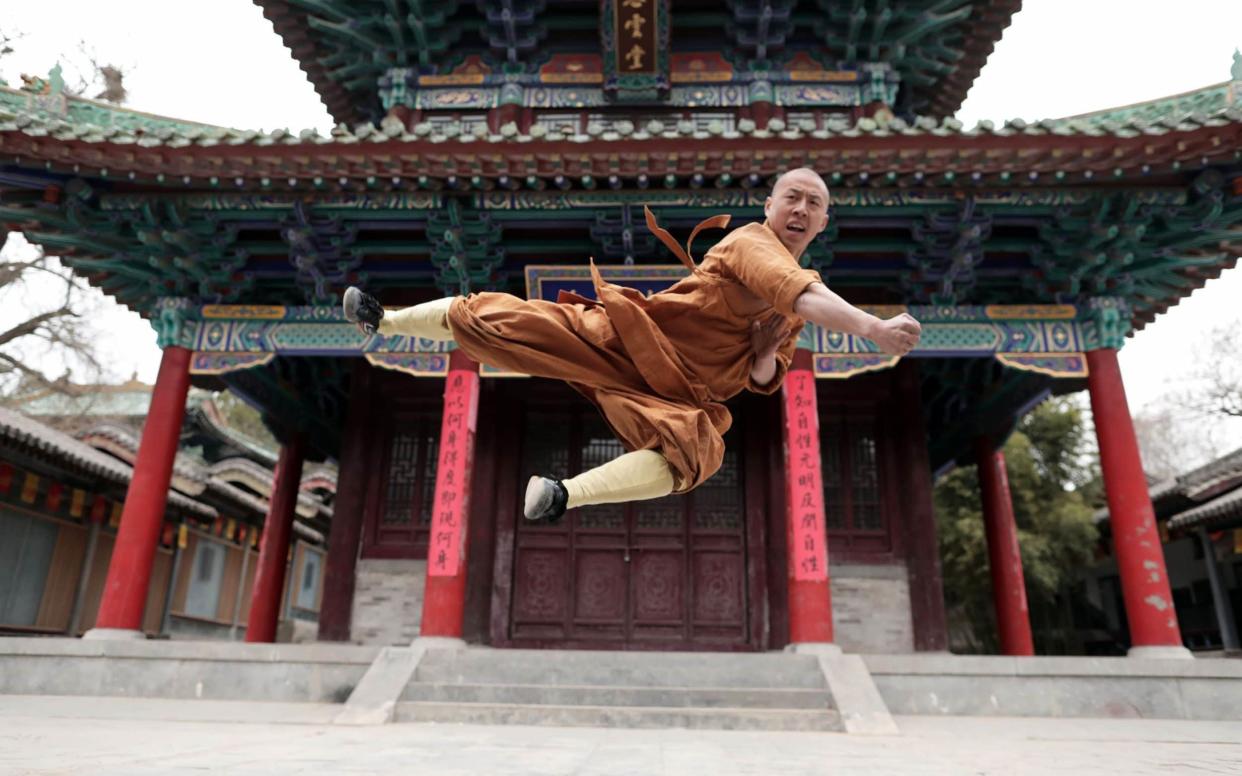Sacred Wonders, episode 1 review: What a wonderful world - just don't spoon-feed it to us

It’s not often one finds oneself willing a monk to pass his scripture exam, but so it came to pass during Sacred Wonders (BBC One). This three-part series about spiritually significant sites took us to China’s Shaolin Temple, where a trainee faced two tests to qualify as a full warrior monk.
He’d been studying for a decade and if he failed, he’d have to wait three years to try again. First he aced his kung-fu test, showing flawless skill with his “monkey stick”. Then he had to recite a passage from the Buddhist book of mantras, having learnt 200 pages by heart. Facing a panel of stony-faced seniors, this was like Dragons’ Den, Shaolin-style. I was fully invested and cheered when he passed, taking a huge step along the road to enlightenment.
Each sacred place was viewed through the work of devoted individuals. In Cambodia, a gardener risked his life to save Angkor Wat temple from the encroaching jungle. At Al-Aqsa Mosque in Jerusalem, a volunteer Muslim paramedic fought his own hunger and exhaustion to help other fasting worshippers during Ramadan. During Malaga’s Easter parade, strongmen carried a six-ton statue down narrow streets. And you thought getting a sofa through your front door was tricky.

This had many hallmarks of high-class BBC factual programming, crying out to be described with words such as “landmark” and “milestone”. Sadly, the show took itself a tad too seriously. Droning narration hit us with so many facts that I felt like I was back at school, watching a drily educational programme on a wheeled-in teak Grundig set while the teacher caught up with some marking.
Segues from one site to the next were clumsy. It even ended with a behind-the-scenes “making-of” segment, like David Attenborough’s wildlife documentaries do nowadays. Unfortunately, lost phone signals, paperwork problems and production teams getting stuck in traffic aren’t quite as thrilling as cameramen creeping dangerously close to killer lions, so this merely felt self-indulgent. These were fascinating subjects, spectacularly shot, but let down by the plodding, verging-on-pompous approach.

